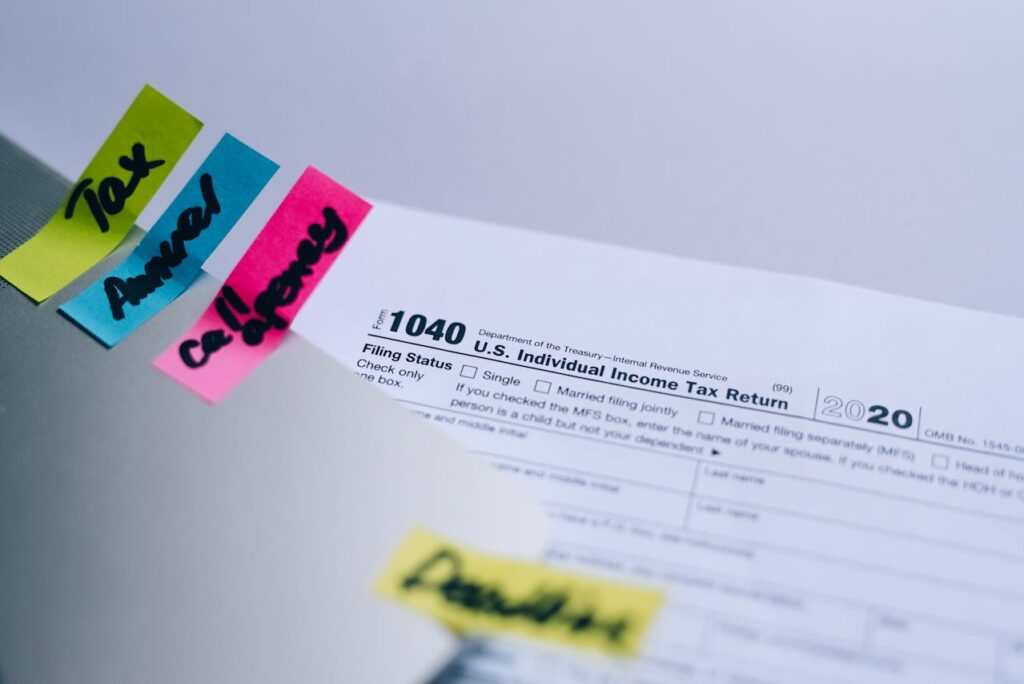Common Financial Pitfalls for Restaurants
Share On Socials Now

Common Financial Pitfalls and How to Avoid Them
The restaurant industry is both exhilarating and challenging. With new establishments continually opening and closing, the dream of owning a successful restaurant often collides with the harsh reality of financial management. Effective financial oversight is crucial for the sustainability and profitability of any restaurant. In this article, we will delve into the common financial pitfalls that restaurant owners face and provide actionable strategies to avoid them.
1. Underestimating Startup Costs
Underestimating startup costs is one of the most significant financial mistakes new restaurant owners make.
How to Avoid:
- Proper Planning and Budgeting: Create a comprehensive business plan and budget that accounts for all potential expenses, including hidden costs. Plan for contingencies to handle unexpected expenses. A well-structured financial plan can guide you through the initial phases and help you stay on track.
2. Poor Cash Flow Management
Poor cash flow management can lead to an inability to pay suppliers, staff, and cover other operational costs.
How to Avoid:
- Effective Cash Flow Management: Implement cash flow management practices such as regular financial monitoring, forecasting, and maintaining a cash reserve. Use accounting software to streamline this process. Regularly review your cash flow statements to identify patterns and potential issues before they become critical.
3. Inadequate Pricing Strategy
Setting the right price for menu items is a delicate balance. Pricing too high can deter customers, while pricing too low can erode profit margins.
How to Avoid:
- Smart Pricing Strategy: Conduct thorough market research and cost analysis to develop a pricing strategy that maximizes profit while remaining competitive. Regularly review and adjust prices based on market trends and cost changes. Consider offering specials or bundles to attract different customer segments without compromising your margins.
- Key Insight: Balancing the menu pricing involves understanding your customer base and their willingness to pay, as well as your own costs.
4. Neglecting Inventory Management
Effective inventory management is crucial for minimizing waste and controlling costs.
How to Avoid:
- Efficient Inventory Management System: Adopt inventory management systems to help track inventory levels, reduce waste, and ensure that supplies are ordered just in time. Regular audits and staff training on inventory procedures are essential. Using technology to automate inventory tracking can save time and reduce human error.
- Resources: Download our free Inventory Management Checklist to streamline your processes.
5. Overspending on Equipment and Décor
While having a well-equipped and aesthetically pleasing restaurant is essential, many owners overspend on high-end equipment and elaborate decor.
How to Avoid:
- Prudent Spending on Essentials: Prioritize spending on essentials that directly impact the customer experience and operational efficiency. Consider leasing equipment or purchasing second-hand to save costs. Focus on creating an inviting atmosphere without overextending your budget.
6. Ignoring Marketing Costs
Marketing is vital for attracting and retaining customers, yet many restaurant owners either overlook or underestimate its costs.
How to Avoid:
- Investing in Marketing Wisely: Develop a targeted marketing strategy that includes both online and offline channels. Allocate a budget that allows for consistent marketing efforts without overspending. Utilize social media, email marketing, and local advertising to reach potential customers. Measure the effectiveness of your marketing campaigns and adjust as needed to ensure a good return on investment.
7. Not Keeping Up with Taxes and Compliance
Tax obligations and compliance with local regulations can be complex and time-consuming.
How to Avoid:
- Staying Updated with Tax Laws and Compliance: Regularly consult with a tax professional and stay informed about changes in tax laws and local regulations. Set aside funds for tax payments and ensure timely compliance to avoid penalties. Consider using tax software to streamline the process and reduce the risk of errors.
- Resource: Check out our article Benefits of Outsourced Accounting to learn how outsourced accounting may be the best way to keep you in compliance.
Conclusion
Running a successful restaurant requires more than just culinary expertise; it demands astute financial management. By being aware of common financial pitfalls and implementing strategies to avoid them, restaurant owners can enhance their chances of long-term success. Proper planning, effective cash flow management, smart pricing, efficient inventory control, judicious spending, strategic marketing, and compliance with tax laws are all crucial components of a financially healthy restaurant. Stay vigilant, plan thoroughly, and your restaurant can thrive amidst the competitive landscape.





